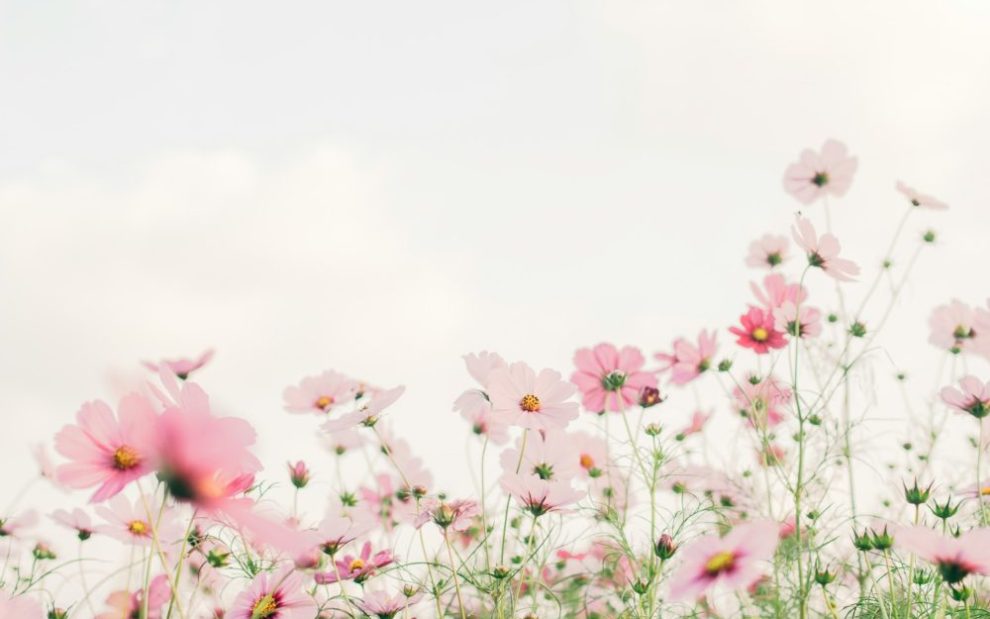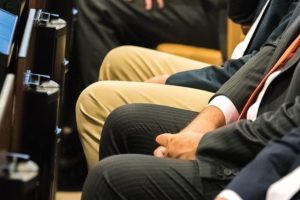It is Eastertime. The birds are singing, the sun is shining, and flowers are emerging in glorious color. The Earth is exuberant with new life. I can’t help but be drawn into the celebration. Still, I often wonder anxiously if my kids, when they are grown, will be able to enjoy spring weather or see the same species of flowers and birds that we admire now. I also am gravely aware that it is a privilege to wonder this at all.
Between ongoing wars and genocides, mass shootings and political discord, climate change and ecological degradation, the suffering in the world seems overwhelming at times. As a person of faith—and also someone who has the privilege of looking away (at least temporarily and superficially)—I must ask what it might look like to be present with these realities while prophetically manifesting the justice that is our hope.
The resurrection of Jesus is not symbolic: after his suffering and death, Jesus emerged with a real body pulsating with the energy of abundant life, bearing scars but transcending the bounds of human limitations. If we are Easter people, our lives, too, should lean into this embodied transcendence.
We can start with being present to ourselves. In his Confessions, Augustine offers a beautiful reflection on the present: “In eternity,” he writes, “nothing can pass by; the present is the entirety. But there’s no time that’s wholly present.” Past and future are continually being drawn through the present, fleeting moments that are made manifest through the eternal love of God, which holds all things. And so, Augustine asks, “Who will hold the human heart, so that it stands still and sees how eternity, which is neither future nor past, stands still?”
In other words, God—eternal love—holds all things, all time. Those of us who pass through time exist through this eternal love, and all things that seem lost are held, too. When we can sit with the present moment, the essence of love, we can let go of fear, and we can acknowledge grief, knowing that the wholeness of justice is held in the same breath as the violence we lament. In this way, we can pray with Augustine, “Though you have no anxieties yourself, you carry ours.” The practice of being in the present moment runs through contemplative traditions, particularly Eastern traditions. I find the idea of the present as a function of eternal love helpful in guiding a Catholic response to the world around me.
Love, however, cannot remain simply internal—it must act, continuously overflowing to be present with others. As Jesus’ physical body emerged from the tomb, so, too, must our love move us to respond to the physical needs of our neighbors, transcending the limits of ourselves—and our imaginations—to encounter others in their concrete reality as we make healing and wholeness manifest.
Gabby and Andrew Wilkes offer a helpful reflection: “Our traumas and triumphs, our resentments, which are not easily shaken, and the great causes to which we are called all exist within the grace of God. With the rising of the sun each day, we ask God to, ‘Satisfy us in the morning with your steadfast love.’ . . . And once the moonlight’s sweeping glow replaces the sunshine, we lift up our voices with the psalmist and pray, ‘Let the favor of the Lord our God be upon us, and prosper for us the work of our hands.’” As we participate in the energy of God’s steadfast love, we can find the peace that transcends understanding—that overcomes our limited imaginations of despair and apathy—and we can rise to meet the challenges of our day, knowing that ultimately, the outcome of our efforts is not up to us.
During the Easter season, even as I celebrate the new life that emerges within and around us, Good Friday still takes up space in my consciousness. The culture of death and domination sometimes seems overwhelming. But the resurrected body of Jesus holds the violence of the crucifixion, too. Perhaps our call as Catholics is to bear witness to this paradox, doing what we can to counter the violence and nurture the wounds.
We know that biologically, ecologically, and cosmologically, our very existence is interrelational. Abundant life is nurtured only through living into this reality and adopting paradigms that affirm those relationships. If our problems reflect the interconnected nature of being, so too will the solutions. In acts of being present with our neighbors (human and nonhuman), acts of nurturing the lives of those around us, we can participate in the abundant life offered through the resurrection.
So, we should ask: What will be nurturing for our bodies? What will maintain the integrity of the ecological community? What will enable the flourishing and full participation of all and the health of communities? We must listen to the voices of those most affected by any given action (or lack thereof), and we should act accordingly, with an unceasing commitment to integrating respectful and humble love throughout our entire culture and its institutions. Being present in eternal love should always move us to integrate what is divine and abiding with the concrete realities of human existence. This is the hope—and the challenge—of resurrection.
Image: Unsplash/Tomoko Uji














Add comment